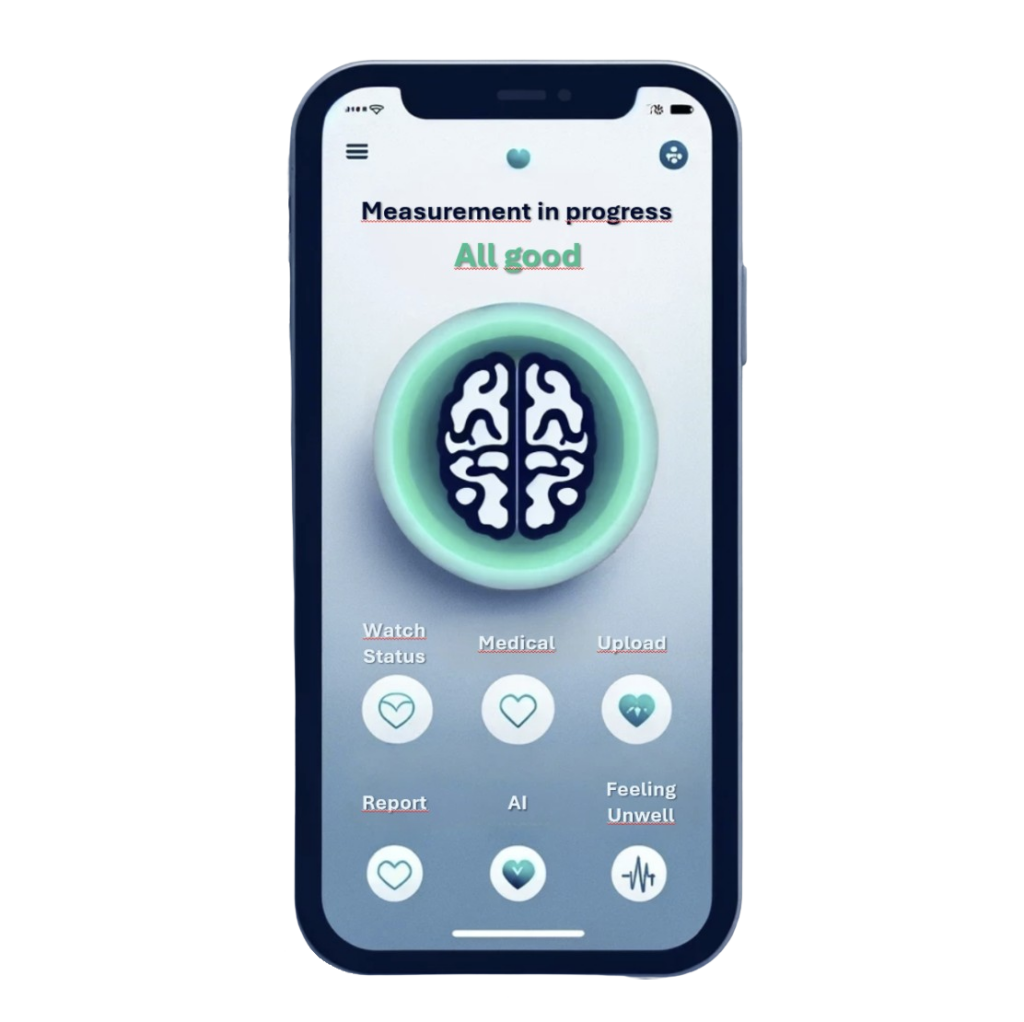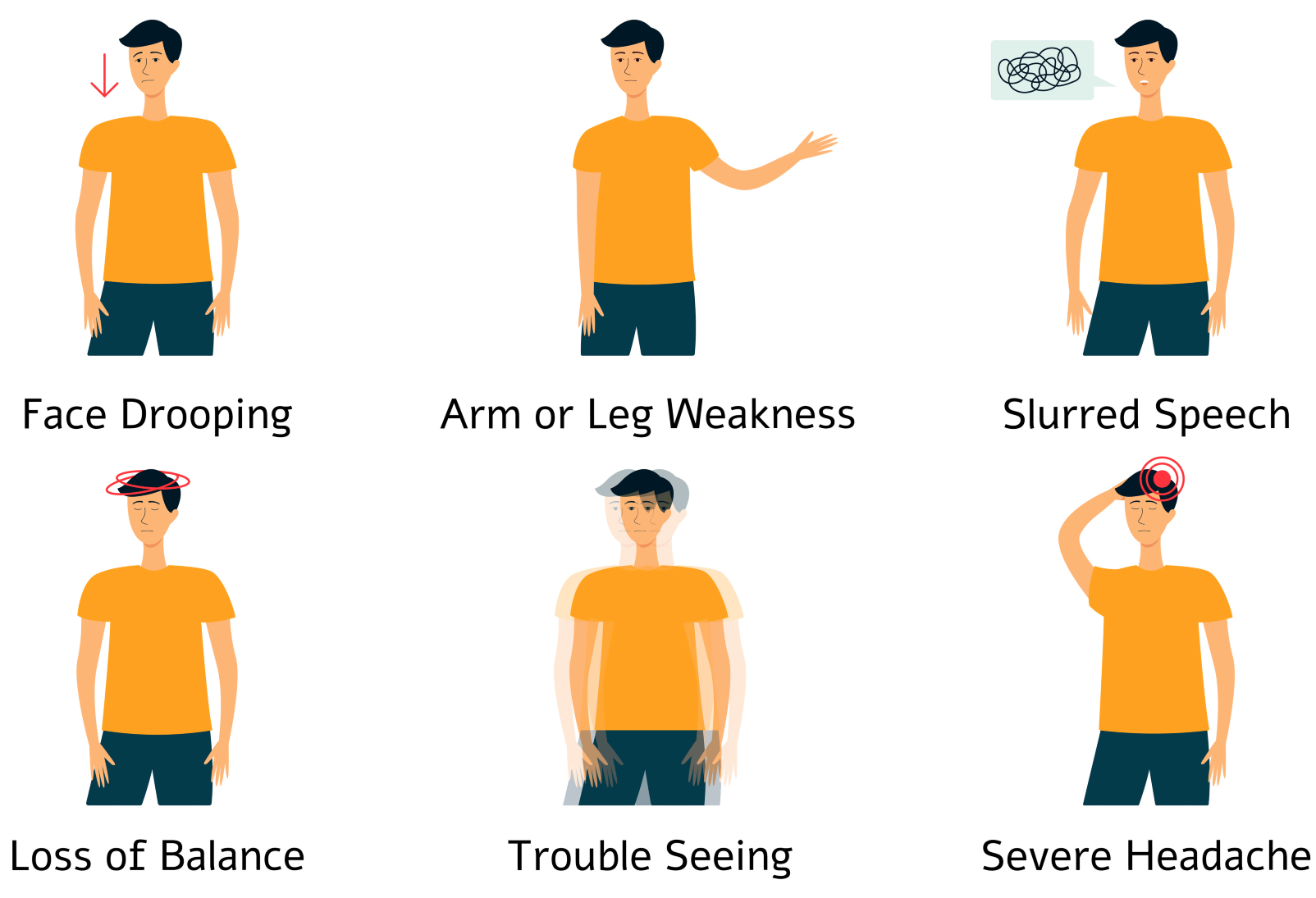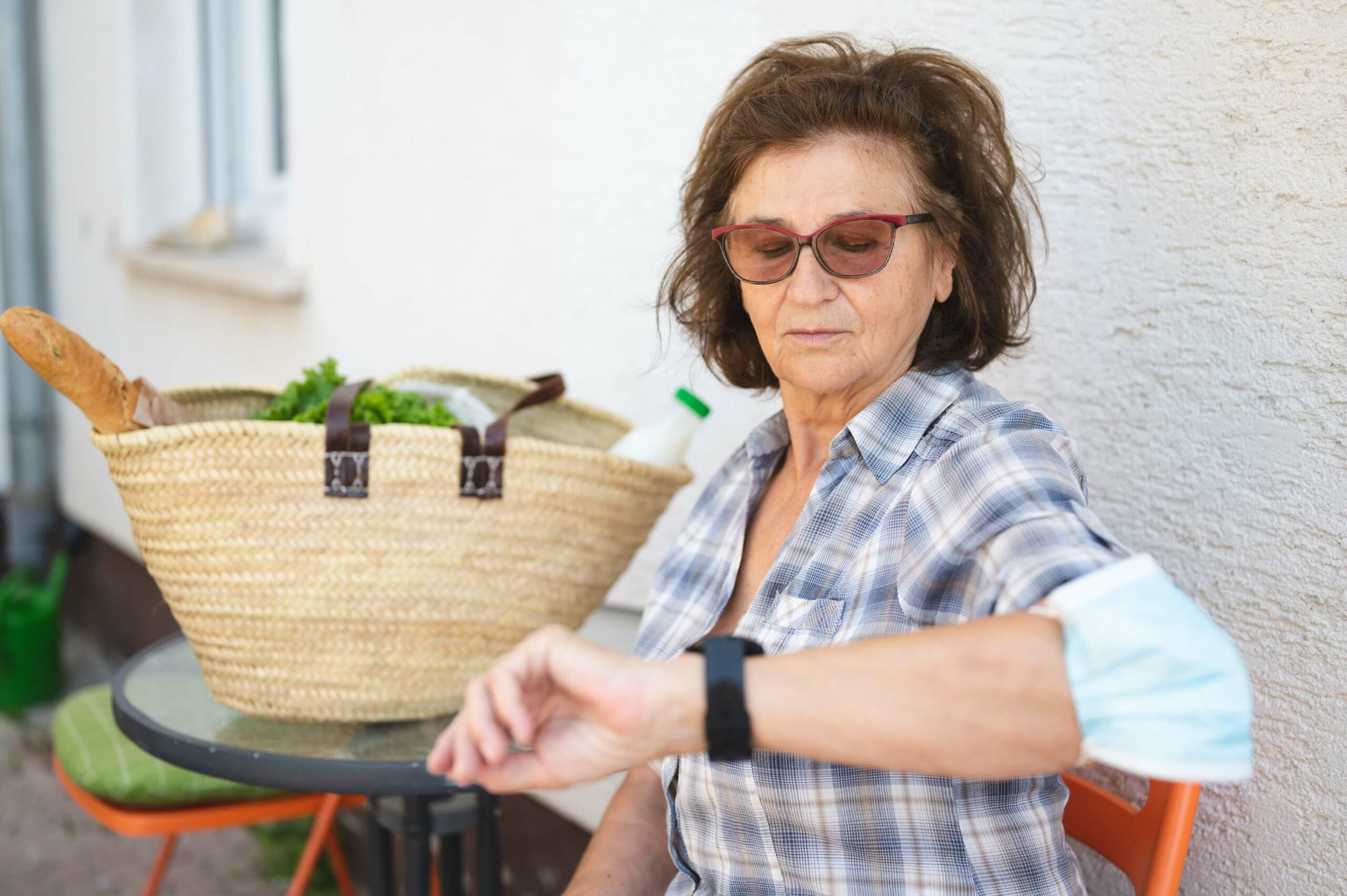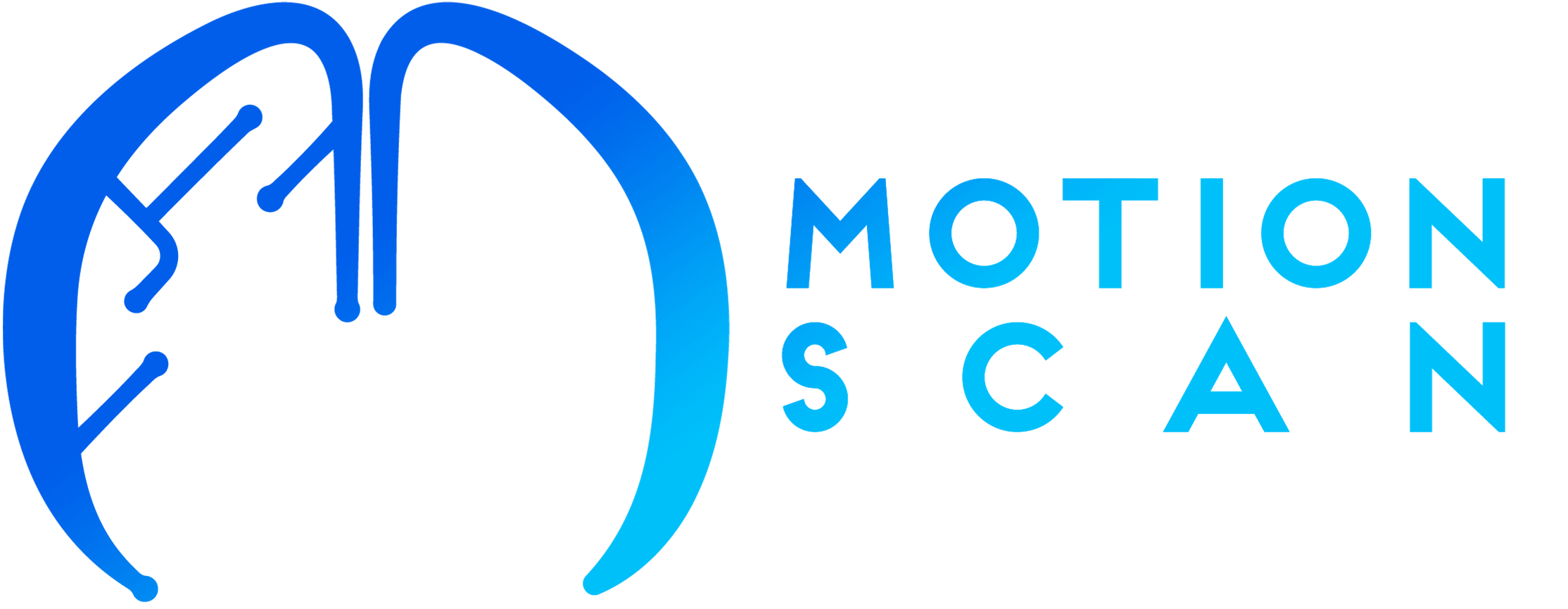SALUSMO STROKE DETECTION SYSTEM
Innovation in stroke diagnostics:
continuous monitoring with smartwatches and stroke alerts


The stroke detection system developed by SalusMo monitors the wearer 24 hours a day and alerts them immediately when stroke symptoms occur. This saves the patient the most valuable hours of their life to get to the hospital.
The success of treatment depends on how much time has passed since the symptoms appeared. Statistics show that most of the time wasted is due to a delay in stroke recognition.
The SalusMo stroke detection system is the result of a joint development effort of doctors and IT specialists, combining the potential of artificial intelligence with the wearable smart devices we are used to.
By wearing a watch, supplemented by an ankle watch if necessary, you can keep yourself and your loved ones safe.
FACTS ABOUT STROKE
87% of strokes are caused by blood clots in the brain
Stroke is the third most common cause of death in Hungary
70% of patients do not survive a stroke due to atrial fibrillation
Being overweight increases the risk of stroke by 3 times
Stroke is the leading cause of disability in adulthood
Common residual symptoms: paralysis, speech problems, emotional and cognitive disorders
In Hungary, 35-40 thousand new strokes occur every year. The number of people who have had a stroke is 160-180 thousand.
Stroke is a disease of the blood vessels in the brain. If a blood vessel becomes blocked, we talk about an ischemic stroke, if a blood vessel ruptures, a hemorrhagic stroke occurs. Symptoms appear immediately after the onset of the disease, which means that nerve cells are already dying.
The human brain needs a constant supply of blood. There are blood vessels dedicated to providing every region of the brain with the nutrients and oxygen needed to function. When a blood vessel, however small, is blocked, the affected area is damaged. This is the most common type of stroke, called an ischemic stroke.
The other type of stroke is hemorrhagic stroke. In this case, the affected blood vessel ruptures, the blood leaks out and accumulates, compressing the cerebral structures. It is also a life-threatening condition.
Stroke is the third leading cause of death and the most common cause of acquired disability worldwide, with 5 million people dying from stroke every year and 15-17 million people suffering permanent disability.
SYMPTOMS OF STROKE

Weakness on one side of the body, drooping of one side of the face, speech difficulty, dizziness, double vision
Most often, weakness of the hands and feet on one side of the body appears. However, drooping of one side of the face, slurred speech, dizziness and double vision may also occur.
The symptoms of a stroke can vary depending on which brain vessel is blocked. Symptoms can develop in a matter of seconds.
As the recognition poster shows, it is very important that the patient is able to move their limbs properly. If the movement of one limb is visibly lagging behind that of the other, there is no need to think further, the ambulance should be called immediately. It may also be a symptom of stroke if the patient’s lips become asymmetrical, one corner of the mouth is lower than it was before, or the patient may be trying to drink and the fluid leaks out through the paralyzed corner of the mouth. It is also typical if the patient’s speech changes, for example, the speech is slurred, as if they are drunk – even though he has not consumed any alcohol – or if he cannot pronounce simple words or sentences.
TIME IS SHORT FOR SUCCESSFUL TREATMENT
The emergency services must be notified immediately!
You should contact the emergency services immediately if you or someone around you has symptoms of a stroke. Every minute of delay means the death of 2 million nerve cells.
If you or someone else is showing symptoms of a stroke, immediate medical attention is needed. Modern medicine is able to help and prevent even life-threatening consequences, but there are only a few hours left to prevent permanent brain damage. The more time it takes before treatment is available, the more nerve cells in your brain will die and the more basic functions of your daily life will be lost forever. You will not be able to walk, eat independently, speak, and will have difficulty understanding what you loved ones are saying.
WHO WILL HAVE ACCESS TO THE SALUSMO SYSTEM?
Two versions of the SalusMo system have been developed: one suitable for hospital use and one for everyday use at home. For those interested in a stroke warning system at home, we provide an opportunity to indicate interest or intention to buy.
The subscription does not commit you to a purchase, however, we will start serving our customers in the order of application.
Salusmo enables continuous monitoring, making stroke detection in hospital faster, whiile reducing the burden on medical staff.
The version suitable for everyday use at home will be available to everyone. Currently under development, it is planned to become available in 2025.

WHO IS RECOMMENDED TO USE THE STROKE MONITORING SYSTEM?
Strokes can occur in both young and old people without any warning signs.
For the sake of simplicity, the following example illustrates which features may increase the risk of stroke and who is advised to use the stroke recognition system regularly and as soon as possible:
A male patient who is on medications for high blood pressure, is overweight and diabetic, has an irregular heartbeat, has recently had a COVID infection, is a heavy smoker and was hospitalized for a stroke a few years ago. In addition, he was treated a few days ago due to a transient cerebral circulatory disturbance, but fortunately did not develop a stroke.
In the case of such a patient, we recommend immediate 24-hour continuous monitoring, because, unfortunately 1 in 10 of these patients will ceratinly develop a severe cerebral circulatory disorder, which can result in permanent disability or even death.
If some of the conditions or diseases of the example patient mentioned above are characteristic of you, it is strongly recommended that you use the everyday stroke monitoring system!

Adatvédelmi nyilatkozat
Tisztelt Látogatónk!
A honlap látogatásával Ön egyúttal tudomásul veszi, hogy a honlapon megjelenített információink igénybevételekor aláveti magát a személyes adatok védelméről és a közérdekű adatok nyilvánosságáról szóló törvényi és egyéb vonatkozó szabályozásnak, és egyben fenntartás nélkül elfogadja a nyilatkozatokban rögzített feltételeket.
A böngészés során Ön egyidejűleg adatot is szolgáltat. Az adatszolgáltatás részben automatikusan, részben a honlapon elhelyezett űrlapok, formanyomtatványok kitöltésével, esetlegesen hírlevél megrendelése útján történik.
Ön a honlap látogatásával egyben egyetért azzal, hogy adatokat szolgáltasson a honlap kezelője számára, és tudomásul veszi, hogy egyes weboldalak látogatásának feltétele az oldalak tartalmának megfelelő személyes adatok önkéntes szolgáltatása. Tájékoztatjuk, hogy amennyiben Ön akként dönt, hogy a kért személyes információt nem adja meg, úgy lehetséges, hogy nem fér hozzá a honlap bizonyos részeihez.
A MotionScan Kft. kijelenti, hogy a portál felhasználói által nyújtott személyes adatokat, információkat az adatvédelmi szabályok teljes körű betartásával adatkezelőként önállóan illetve az általa megbízott adatfeldolgozó kezeli.
A MotionScan Kft. az Ön személyes adatait kizárólag azon időtartamig őrzi, kezeli, tárolja, amíg az megfelel a hivatkozott jogszabályi előírásoknak. Az adatkezelés során az Ön által önként szolgáltatott adatokhoz kizárólag a MotionScan Kft. alkalmazottai férhetnek hozzá, akiknek az munkaköri kötelezettsége. A MotionScan Kft. az Ön személyes adatait – az adatvédelmi szabályokban biztosított kivételektől eltekintve – nem hozza harmadik, illetéktelen személy tudomására, míg az egyéb, személyesnek nem minősülő adatait szabadon használhatja fel.
Az adatvédelmi törvénnyel összhangban Ön tájékoztatást kérhet a személyes adatai kezeléséről. Ön jogosult arra, hogy személyes adatait frissítse, módosítsa, illetve kérje azok törlését.
A MotionScan Kft. fenn kívánja tartani a saját maga számára azt a lehetőséget, hogy az Ön számára fontosnak tartott információról Önt e-mailben és/vagy SMS-ben értesítse, egyúttal biztosítja az Ön részére a visszautasítás lehetőségét.
Ön tudomásul veszi továbbá, hogy a honlap látogatásával, használatával illetve a személyes és egyéb adataihoz való jogosulatlan hozzáféréssel, azok megsemmisítésével, vagy nyilvánosságra hozatalával okozott, vagy azokkal összefüggésben keletkezett vagy azzal kapcsolatba hozható bármely hibáért, hátrányért, kárért a MotionScan Kft.-t, illetve a honlap készítőit, az üzemeltetésben résztvevő feleket semmilyen felelősség nem terheli.
Fenntartja a jogot, hogy a honlap mindenkori tartalmát korlátozás, értesítés nélkül megváltoztassa, bármely, illetve valamennyi szolgáltatását megszüntesse, felfüggessze.
Tájékoztatjuk, hogy az Önről összegyűjtött illetőleg az Öntől kapott adatokat a jogellenes, vagy a hálózatunkat illetve webhelyünk működését veszélyeztető tevékenység kivizsgálására és megakadályozására is felhasználhatjuk.
A MotionScan Kft. nem vállal felelősséget azokért a cselekményekért, amelyeket bármely belföldi vagy külföldi jogi, vagy természetes személy vagy jogi személyiséggel nem rendelkező szervezet akár közvetlenül, akár közvetve a webhelyen lévő vagy a webhelyen keresztül elért adatok, információk alapján követ el, függetlenül attól, hogy ki közli ezeket az adatokat, információkat. A webhelyen lévő információk, adatok közül semmit sem szabad javaslatként vagy ajánlásként kezelni, illetve a webhely nem szolgálhat semmilyen döntés vagy intézkedés alapjául.
A MotionScan Kft. nem vállal felelősséget a webhely tartalmával, az ott illetve azon keresztül elérhető adattal, információval, nyilatkozattal kapcsolatban, így többek között de nem kizárólag, azok pontosságát, időszerűségét, érvényességét, teljességét, valamely célra való alkalmasságát, megbízhatóságát, megalapozottságát, stb. illetően. A webhelyen lévő nyilatkozatok, kijelentések nem minősülnek kötelezettségvállalásnak. A honlap látogatásával Ön egyetért azzal, hogy a webhelyről vagy a webhelyen keresztül letöltött és megszerzett információk felhasználása önként, saját belátása szerint és kizárólag saját kockázatára történik.
A MotionScan Kft. a szolgáltatásai során keletkező személyes adatokat semmilyen módon nem kapcsolja össze az általa kezelt egyéb személyes adatokkal.
A MotionScan Kft. a felhasználók fizikai elérésére alkalmas adatokat kizárólag akkor gyűjt, ha az adott szolgáltatás jellege ezt nélkülözhetetlenné teszi. Adatokat kizárólag a felhasználó által előzetesen jóváhagyott célra veszi igénybe, azokat – a törvényben előírt kivételektől eltekintve – harmadik fél részére semmilyen körülmények között nem adja át, hozzáférhetővé nem teszi.
A MotionScan Kft. szolgáltatásai számos olyan kapcsolódási pontot (linket) tartalmaznak, amely más szolgáltatók oldalaira vezet. Ezen linkekért, az ott található adatokért, illetve azon oldalak látogatása, használata miatt bekövetkező esetleges károkért a MotionScan Kft. nem vállal felelősséget.
A szolgáltatásainak igénybevételéhez bizonyos esetekben szükség lehet regisztrációs formanyomtatványok kitöltésére. Az ilyen oldalakon a MotionScan Kft. a kapcsolatfelvételhez szükséges személyes adatokat (név, cím, telefonszám, mobilszám, e-mail cím) kér.
A regisztráció során rendelkezésre bocsátott személyes adatokat a MotionScan Kft. bizalmasan kezeli, azokhoz illetéktelen személyek nem férhetnek hozzá.
A regisztráció célja bizonyos információk, illetve dokumentumok kizárólag egészségügyi szolgáltatások számára történő hozzáférhetősége, elérhetősége.
A MotionScan Kft. regisztrációhoz kötött oldalait látogatók a regisztráció során a valóságnak, illetve a tényleges állapotnak megfelelő adatokat kötelesek szolgáltatni. A MotionScan Kft. a regisztráció során történt személyes adatok jogtalan felhasználásával kapcsolatban felelősség nem terheli.
A MotionScan Kft. fenntartja magának a jogot arra, hogy a személyes adatokat ellenőrizze, és amennyiben a felhasználó az általa megadott helytelen, pontatlan adatot meghatározott időn belül felhívásra nem pontosítja, úgy a MotionScan Kft. jogosult az érintett felhasználó regisztrációját törölni.
A felhasználó kötelezi magát arra, hogy a szolgáltatás igénybevételével nem küld olyan adatot, üzenetet, amely ellentétes
a) bármely jogszabállyal, nemzetközi egyezménnyel,
b) az Internet-szolgáltató hálózati visszaélések tilalmáról rendelkező irányelvében foglaltakkal,
c) bármilyen általánosan elfogadott Internet-szabállyal,
d) a jóerkölcs követelményeivel.
A felhasználó továbbá kötelezi magát arra, hogy a szolgáltatás igénybevételével tudomására jutott személyes vagy egészségügyi adatokat jogosulatlanul harmadik személynek nem hozza tudomására. Tudomásul veszi, hogy ezen kötelezettségek megszegéséből erdő kárért felelősséggel tartozik.
Debrecen, 2022. 09. 01.
Thank you for your interest in our service!
By filling out this form, you can subscribe to news about the stroke monitoring system. Those who fill out the form will have priority for purchase. The subscription does not mean an obligation to purchase the product, however, we will start serving our customers in the order of application.
It takes a few minutes to fill out the form.
